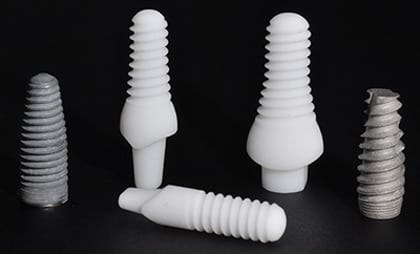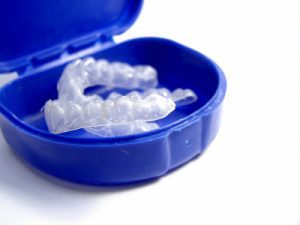I had a dental implant placed. It went well. However, since then, I have had bumps inside my mouth near the implant and tingling in the area. Is this just part of the healing process or am I having an allergic reaction to the dental implant? If it is an allergy, is there anything I can really do about it?
Penny
Dear Penny,

Congratulations on getting a dental implant. These are the best tooth replacements available. Traditionally, titanium is considered biocompatible. According to the National Center for Biotechnology Information, an allergy to titanium is considered quite rare. Though, it does happen. Here are some of the symptoms of an allergic reaction to your dental implant.
“An allergic reaction can be reasonably suspected after dental implant placement, on the basis of signs or symptoms associated with allergy, such as rash, urticaria (a raised, itchy rash), pruritus (itchy skin), swelling in the orofacial region, oral or facial erythema (reddening of the skin), eczematous lesions of the cheeks or hyperplastic lesions (an increase of the number of celss) of soft tissue.[1] In these cases, allergy testing should be performed.”
Most allergists do what is known as patch testing, however, that has not been very effective with titanium. Instead, if you and/or your dentist decide to have this allergy tested, I suggest you do a MELISA test (Memory lymphocyte immuno-stimulation assay), which is done through a small blood sample.
If it does turn out to be a titanium allergy, that does not mean that you cannot have a dental implant. You will need to remove the titanium implant and replace it with a zirconia implant. These are metal free. Between the removal of the first implant and placement of the second implant, you will need a bone grafting procedure in order to build back up the bone structure lost during the removal process.
My suggestion is you have a conversation with your dentist about your symptoms and see if he or she can arrange a MELISA test for you.
This blog is brought to you by Marietta Dentist Dr. Cristi Cheek.



